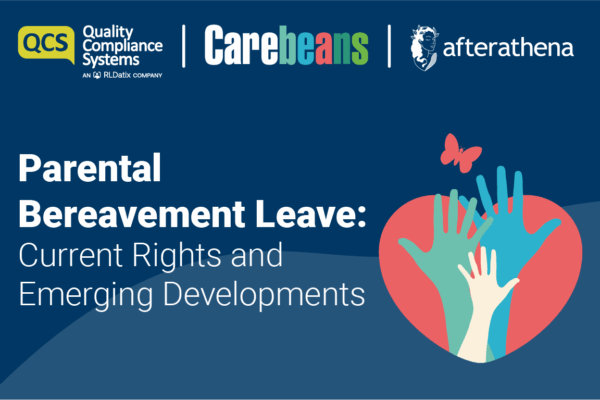On 20th April, we looked at when employees are entitled to be paid when they sleep in line with the increase to the National Living Wage/National Minimum Wage on 6th April.
Since then, the matter has again gone before the Employment Appeal Tribunal to determine the circumstances in which a worker should be paid NMW/NLW if they are doing a sleep-in shift, as opposed to being a flat rate for that shift, which is quite common.
This time the appeal tribunal heard three cases together. The first one (Mencap v Tomlinson-Blake) concerned similar facts to the case of Whittlestone v BJP Home Support, which we looked at last time.
Facts
The employer had a contract with the local authority to provide care to vulnerable adults. The employee was a care support worker and provided care to two male service users who had autism and learning difficulties. The service users resided in a private property, not a care home, and required 24 hour care.
The employee in this case worked a mixture of shifts, both day and sleep in shifts. She was paid appropriately for the day shifts but received a flat rate for the sleep in shifts which amounted to £29.05.
It was noted that no specific tasks were allocated to her, and she was only woken up by the service users 6 times in the previous 16 months however she was obliged to remain at the property throughout that shift. Her employer was also contractually obliged to provide care during the night, through its agreement with the local authority.
Decision
The employee claimed that by simply being present, her work was time work and so she should be remunerated appropriately. The Judge agreed on the basis that she had to be there for proper performance of her duties.
The employer appealed but the initial decision of the Judge was upheld, the employee was entitled to be remunerated on a time work basis in this situation.
The Judge on appeal confirmed that each case will depend on the varying facts and circumstances. Below is a list of some of the factors which should be considered, but this list is not exhaustive and each case will depend on the individual circumstances and facts.
- What is the reason or purpose in engaging the worker? For example, in this case, it was a contractual requirement to have someone present in order to care properly for the service users.
- To what extent are the worker’s activities restricted by the requirement to be present? You will note that in the blog last time we looked at the circumstances where the worker would have been disciplined if they left the premises during the sleep-in shift because their presence was mandatory.
- What degree of responsibility is the worker undertaken during that sleep in shift? The Judge considered that a care worker doing a sleep shift in a home for disabled service users had a greater responsibility than others.
This case reaffirms the advice from our previous blog and has again illustrated the approach which should be taken when an employee is doing a sleep-in shift. If the circumstances of your employee differ, then you should refer to our earlier blog which looks at other examples including being on call and having accommodation provided as part of the role.
As always, this matter is fact sensitive and if you are unsure you should consult your solicitor for advice.






